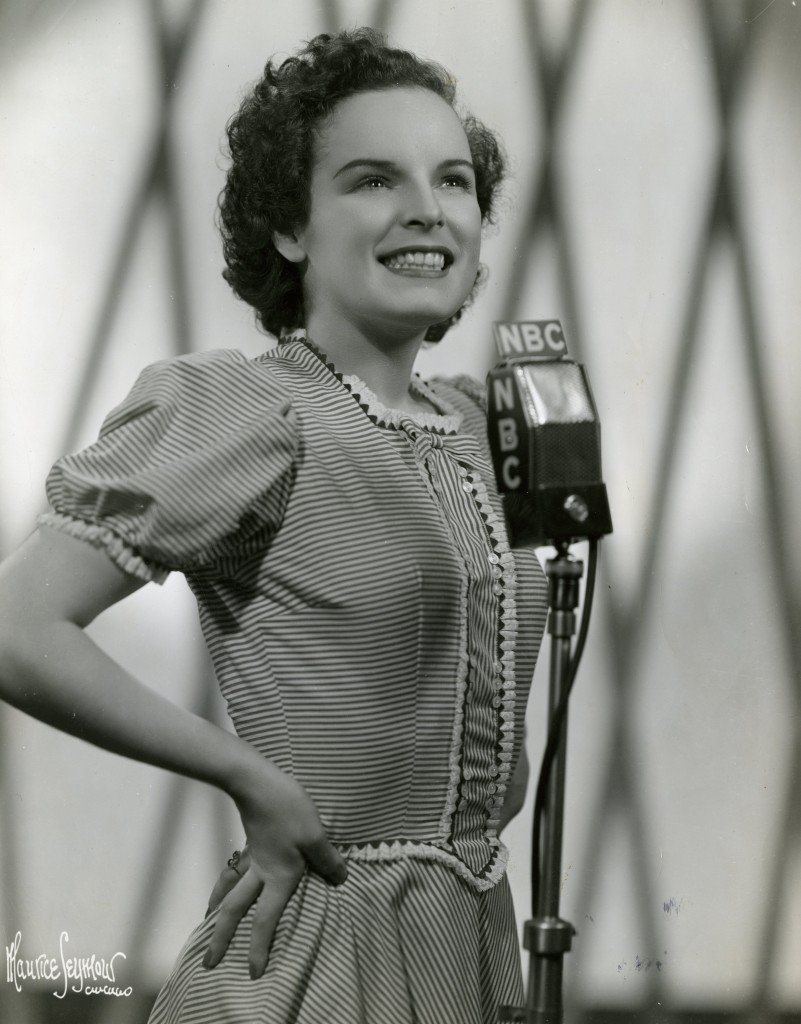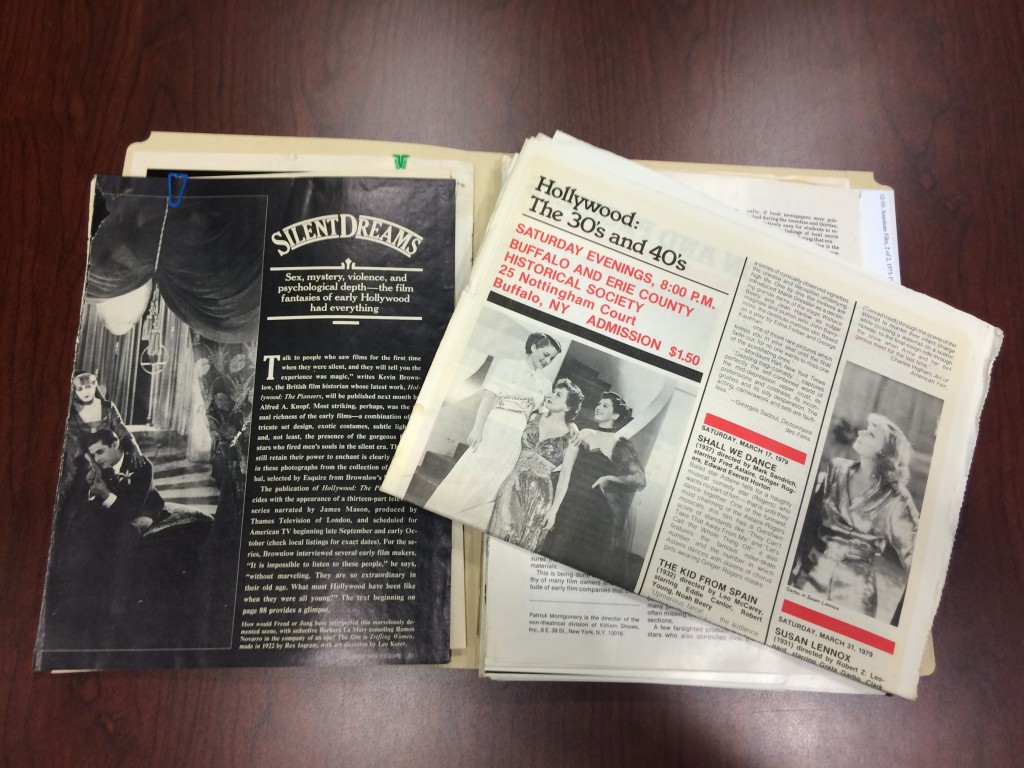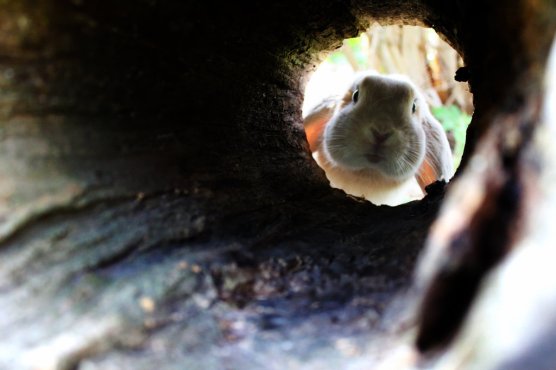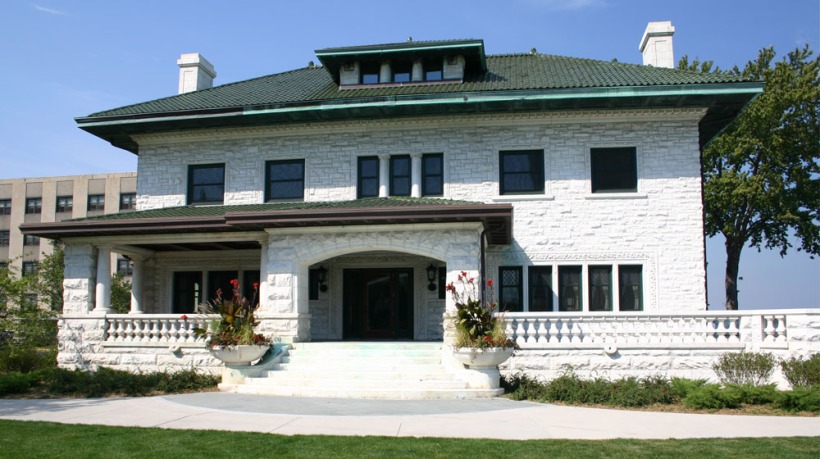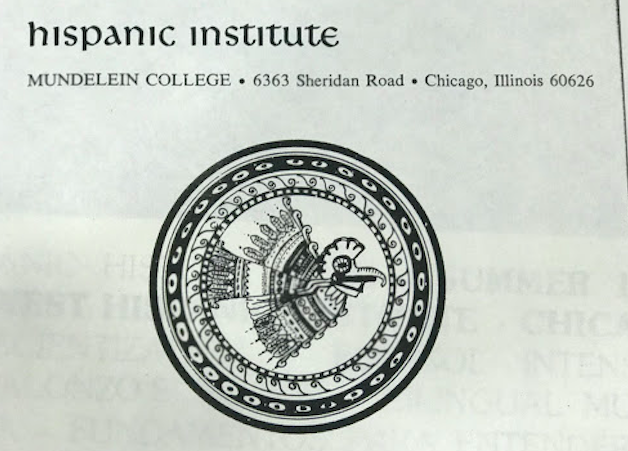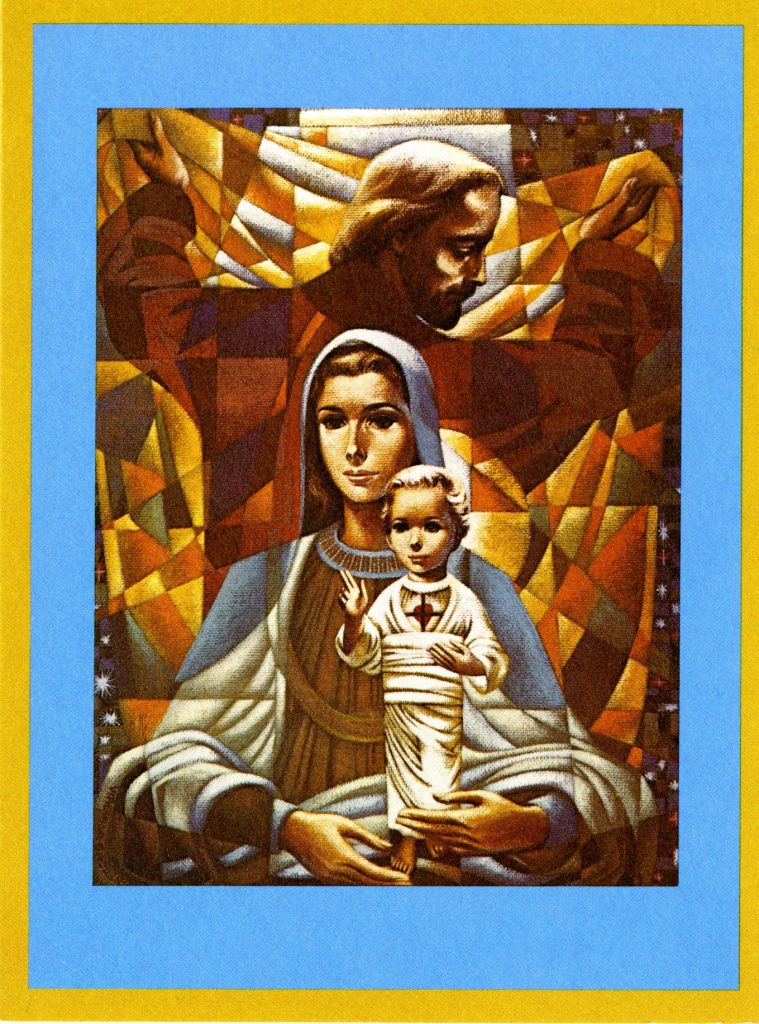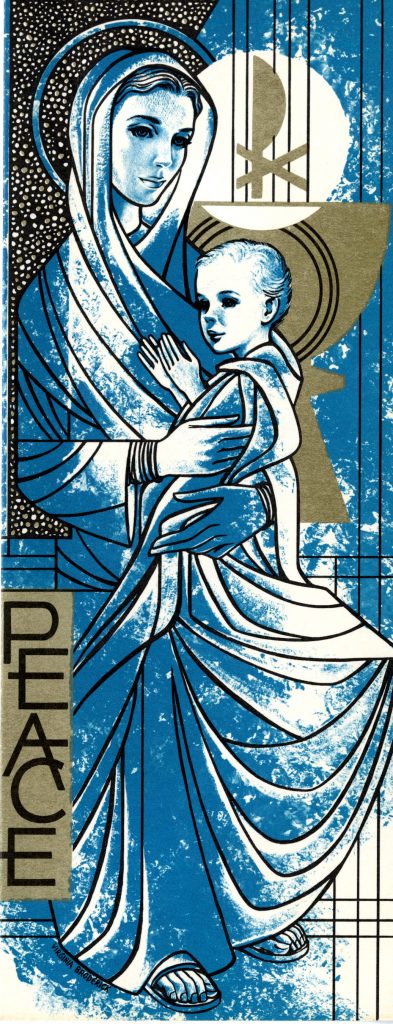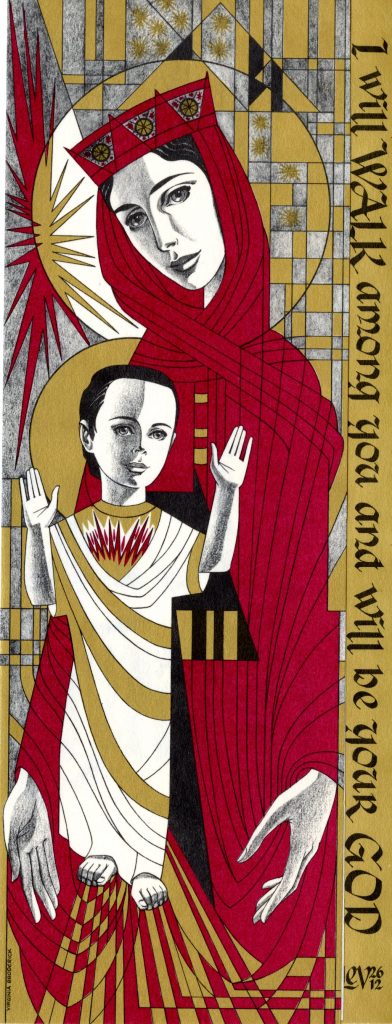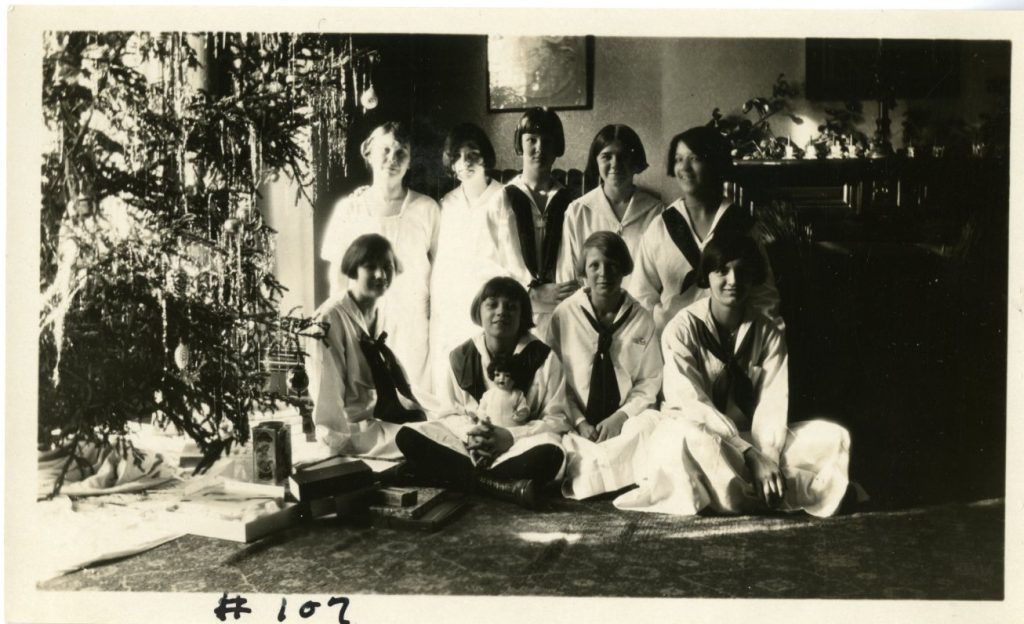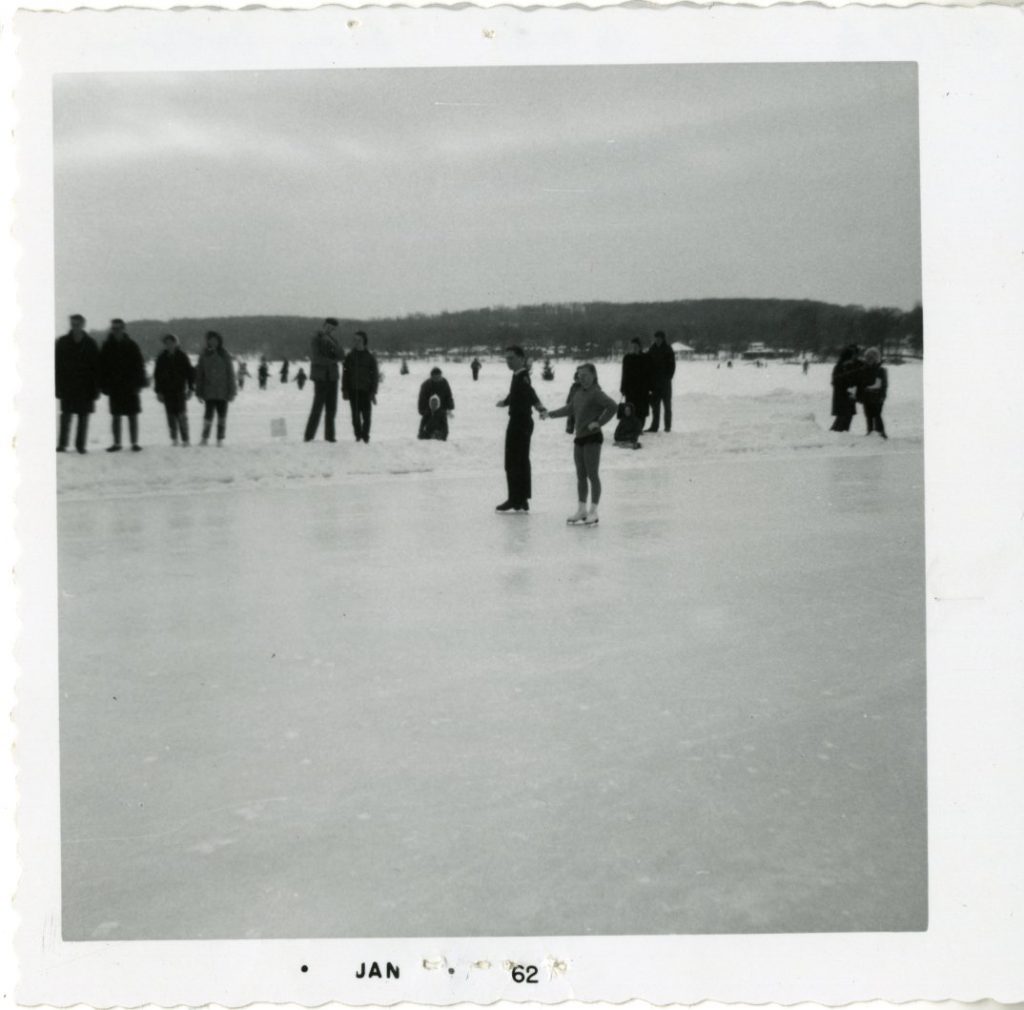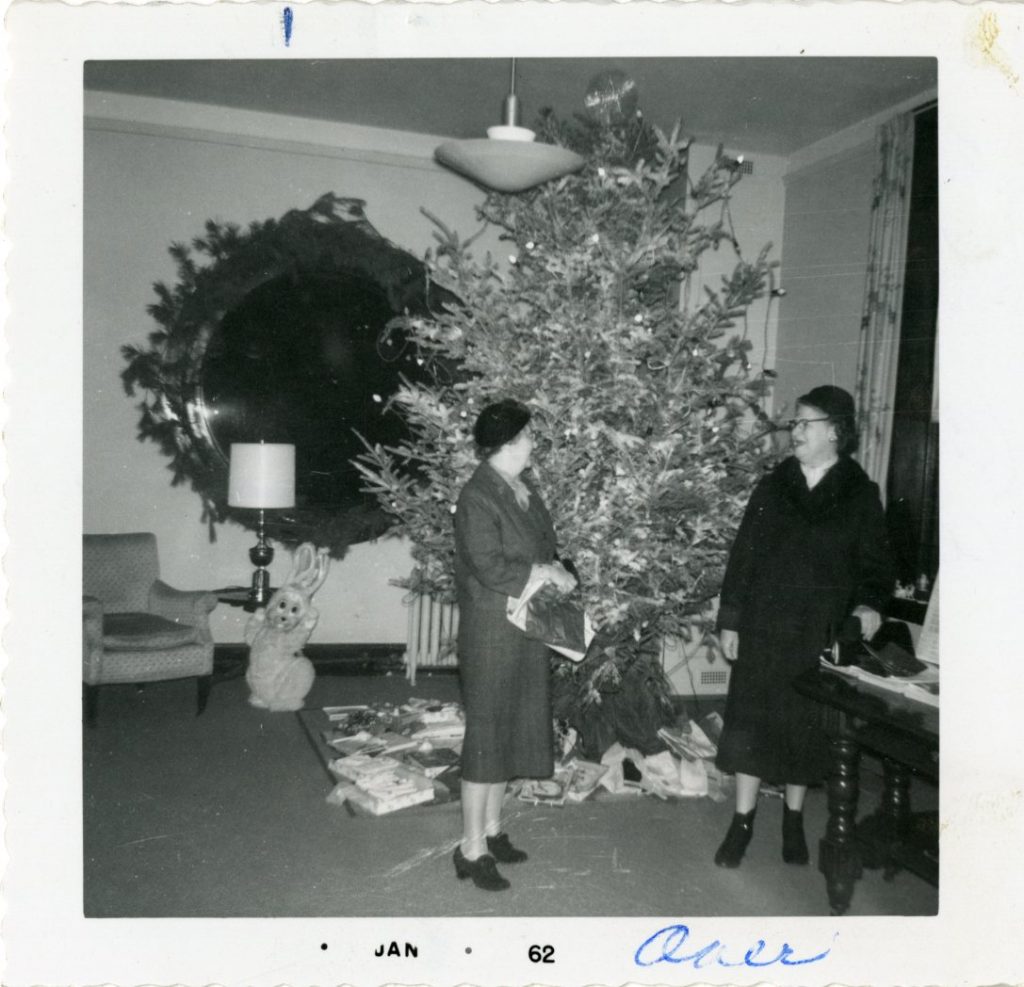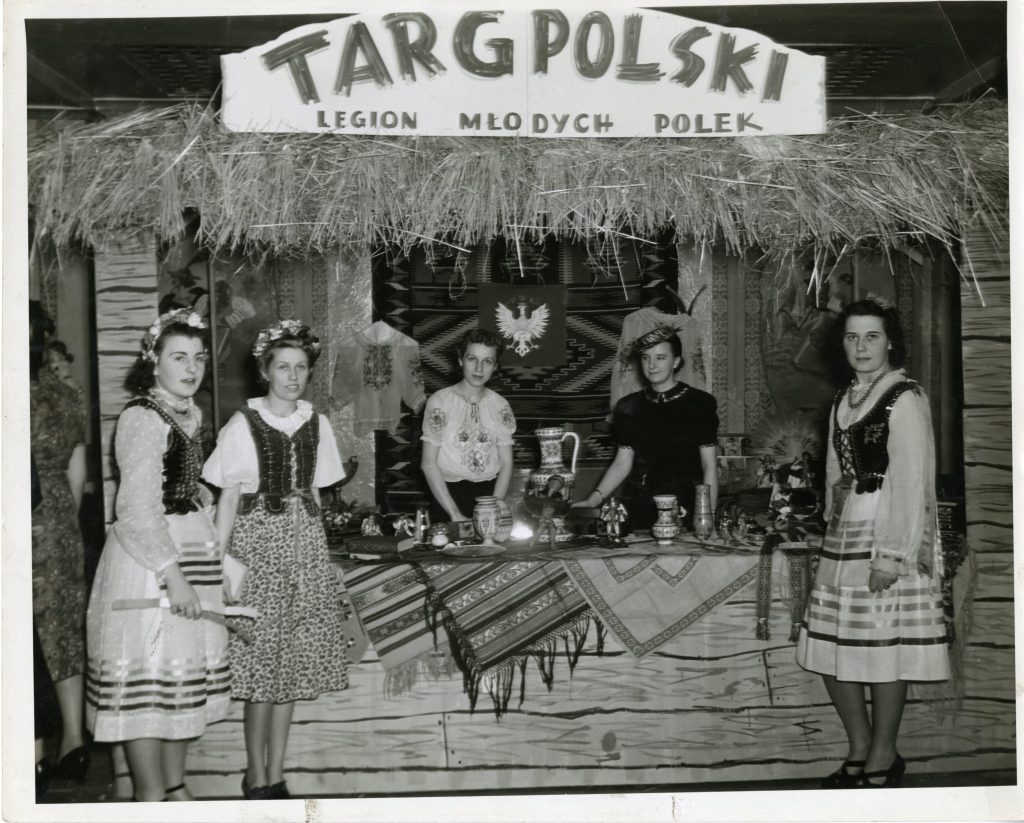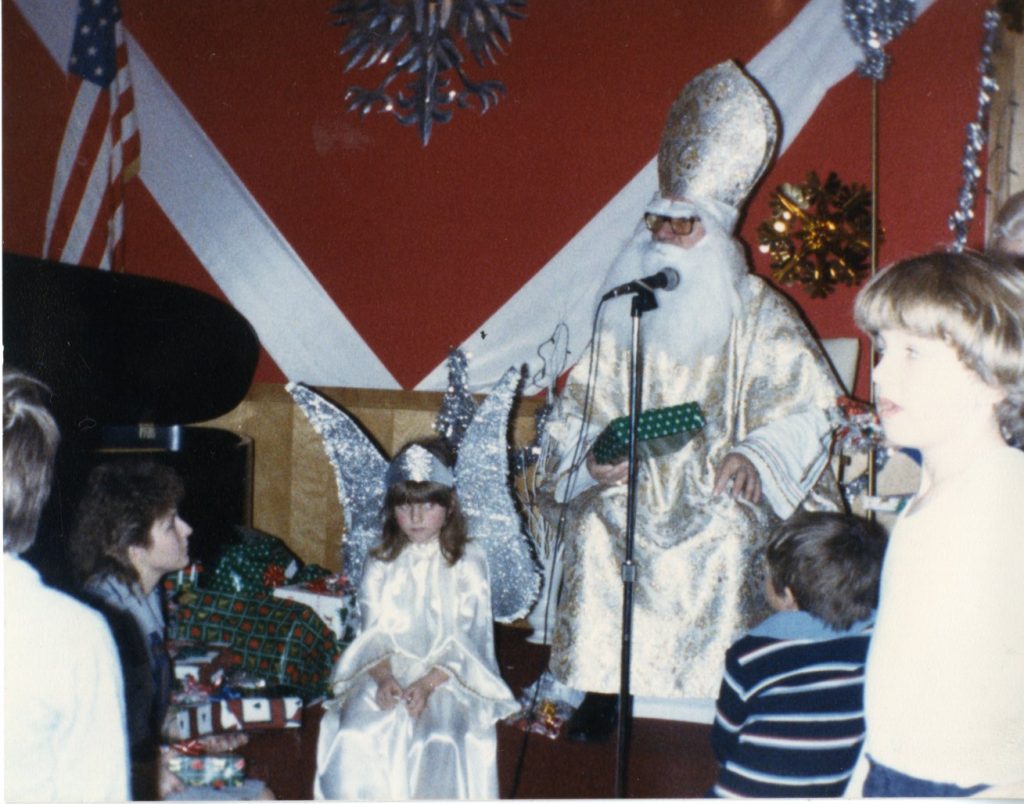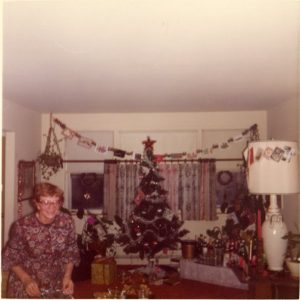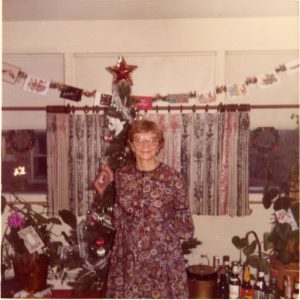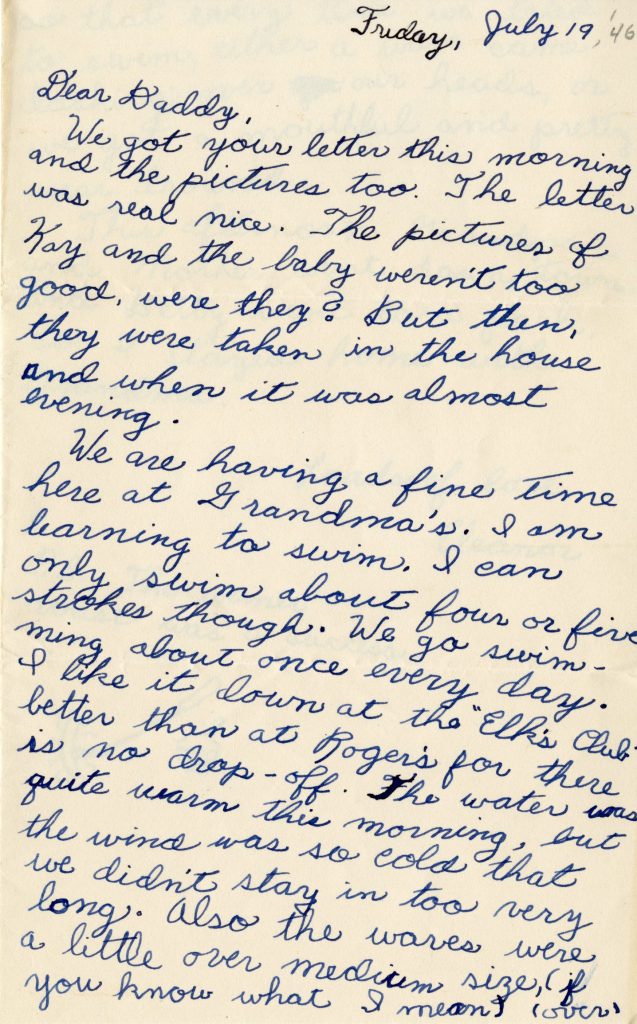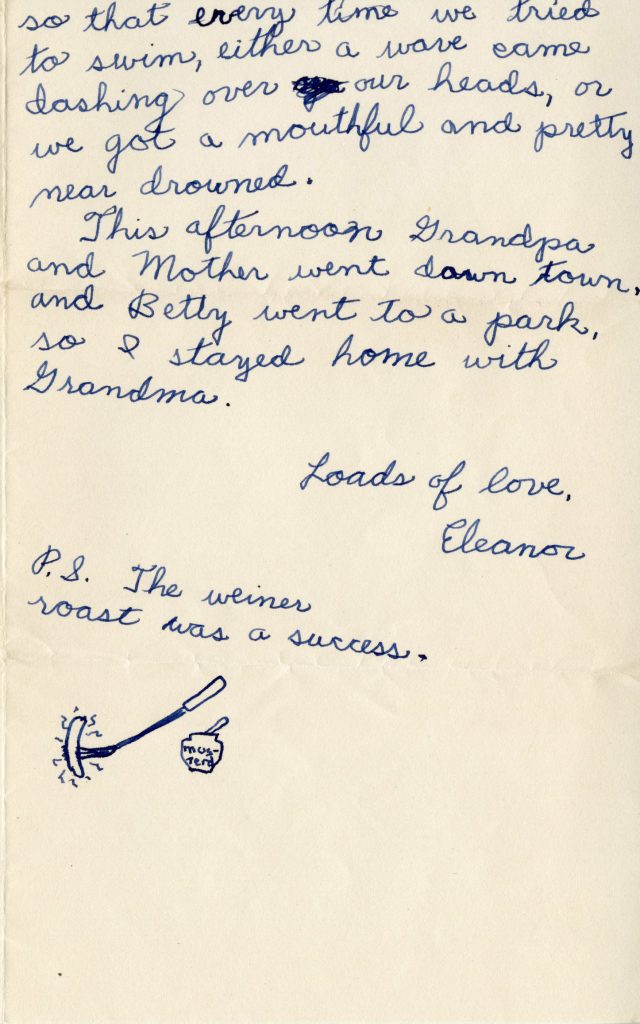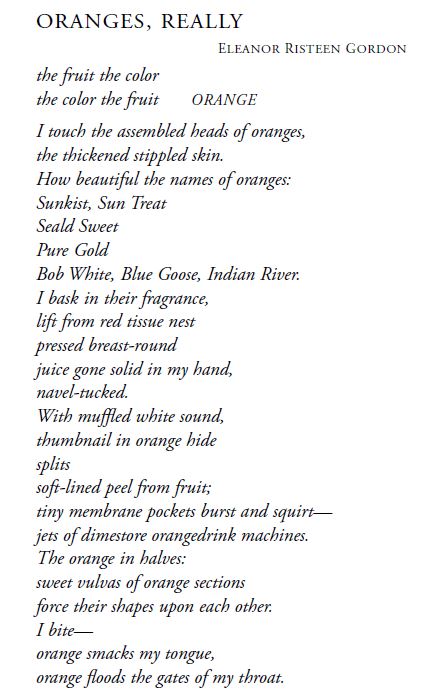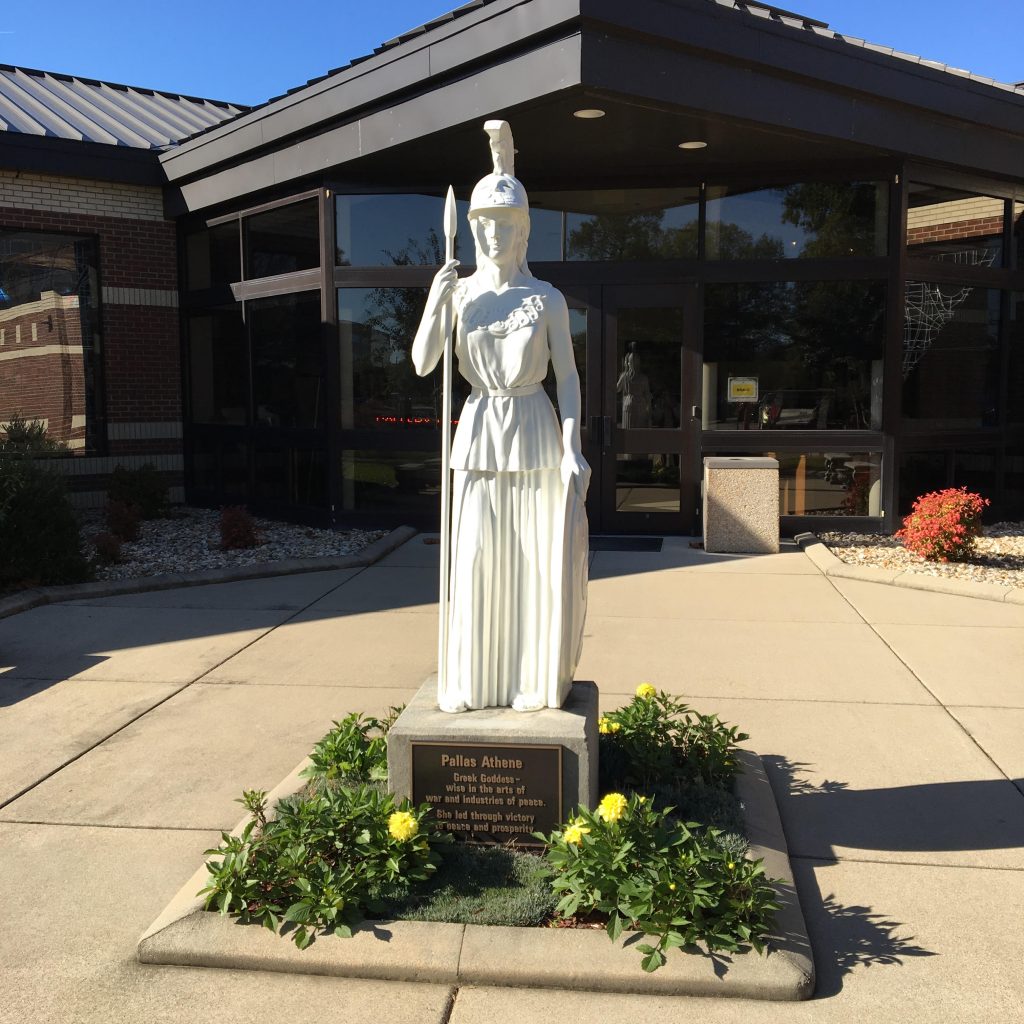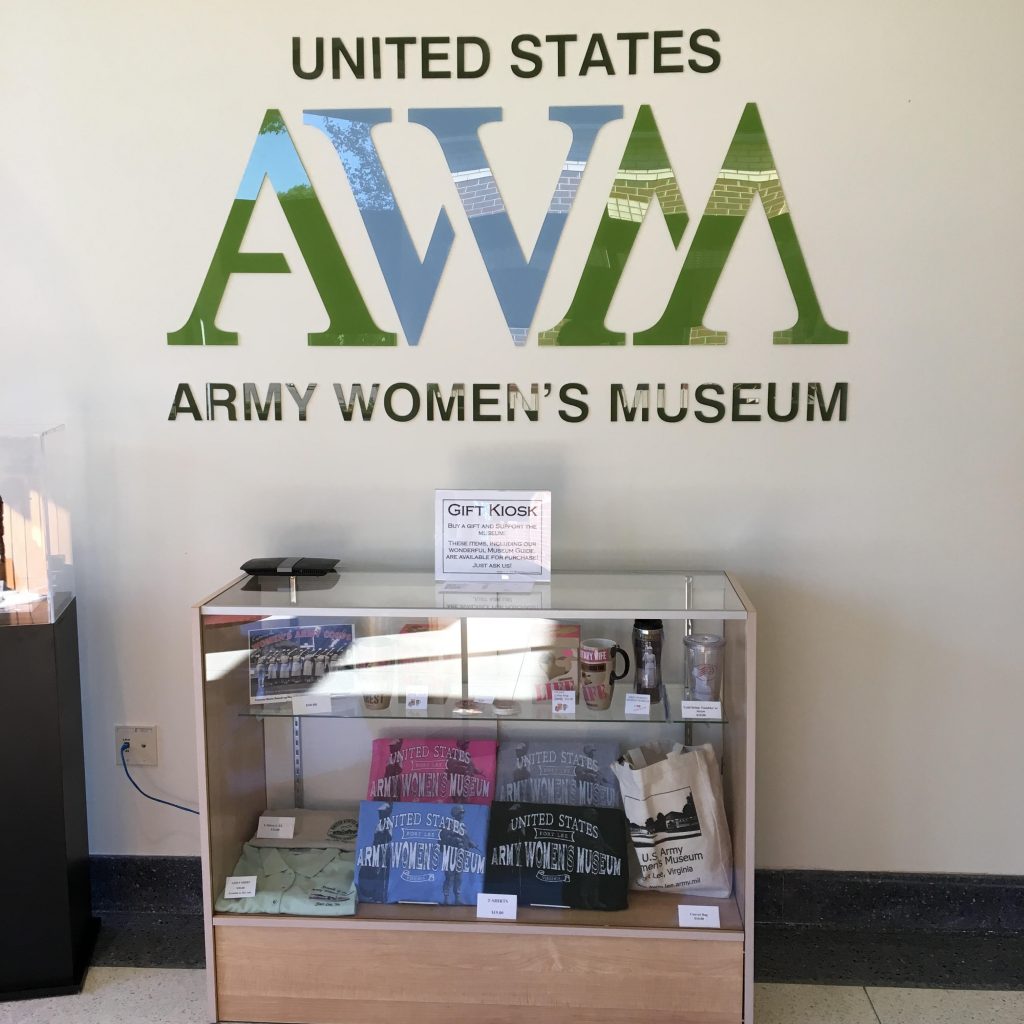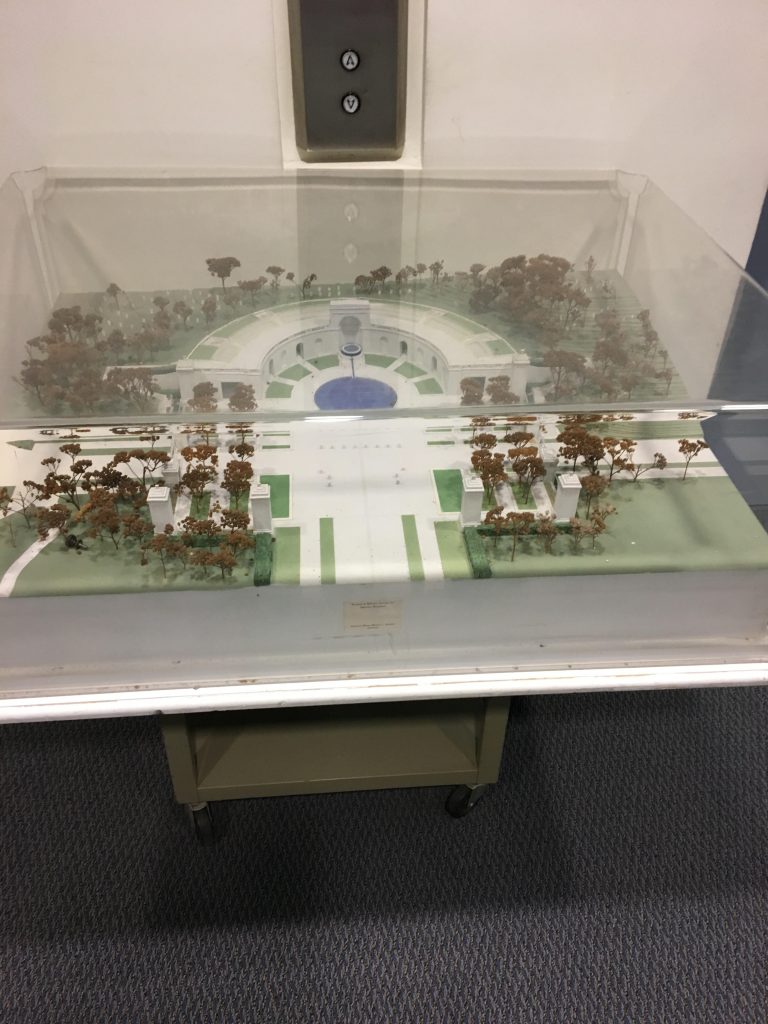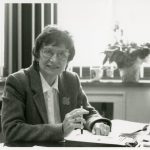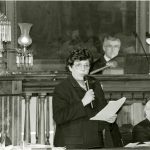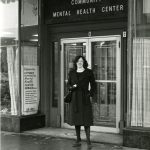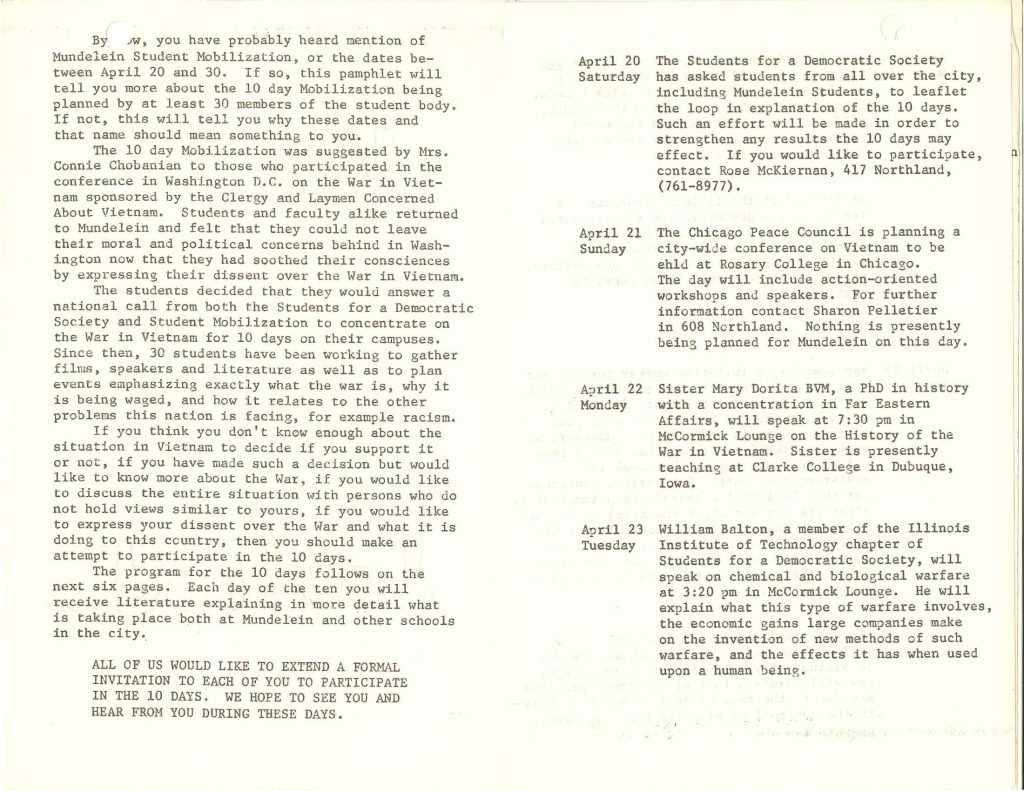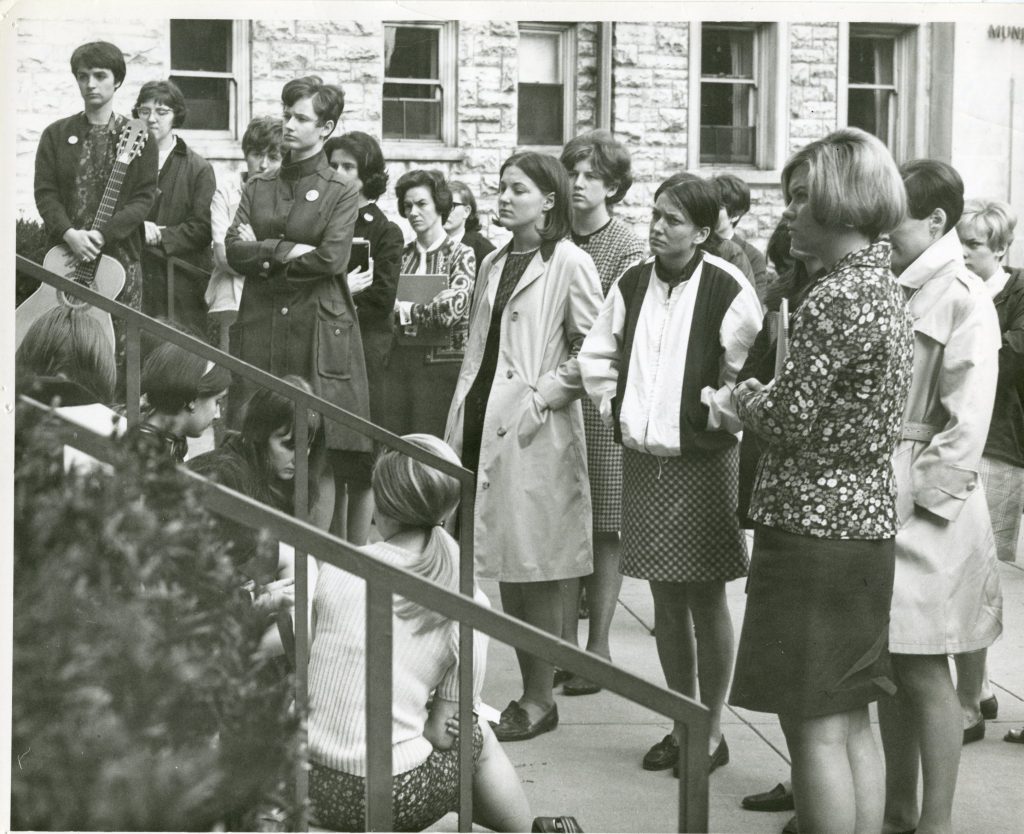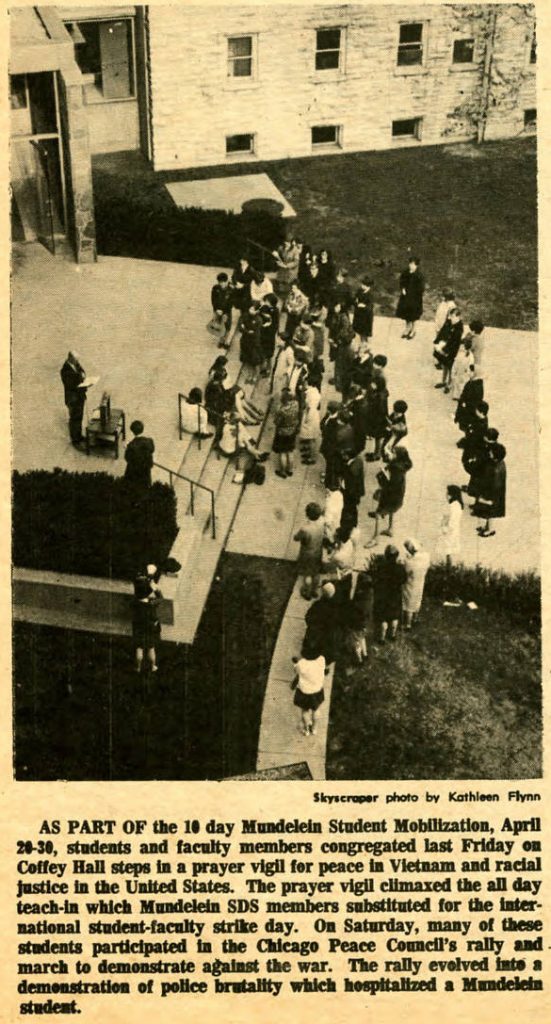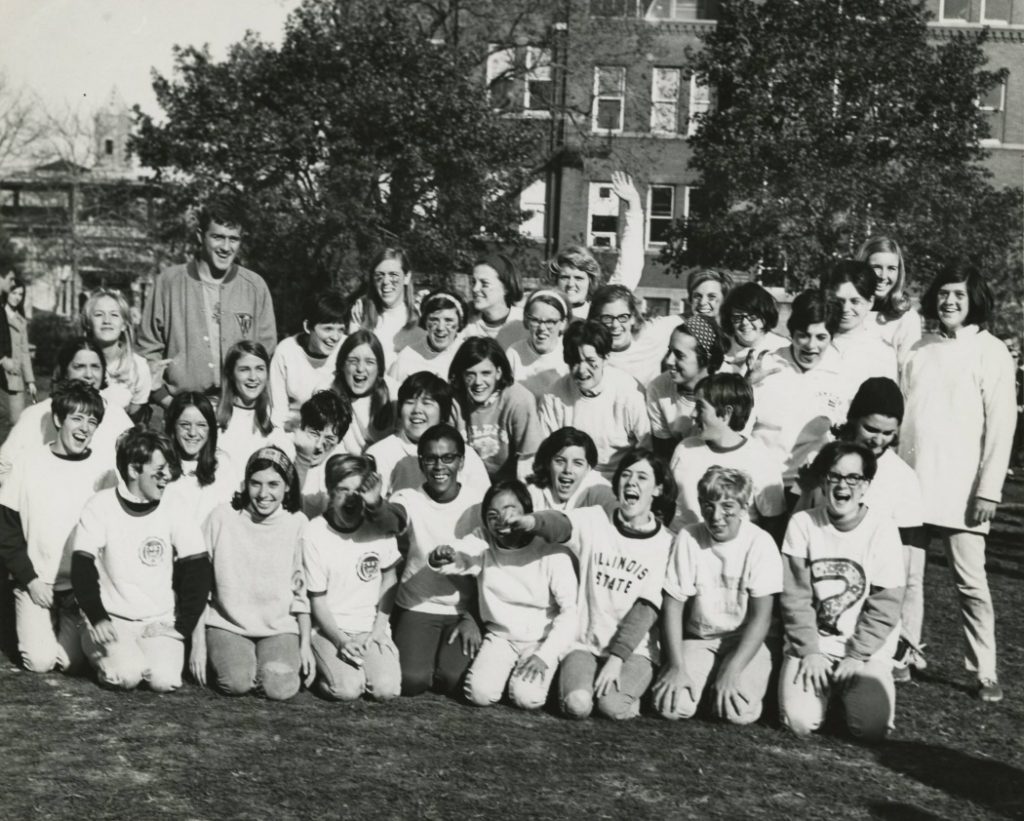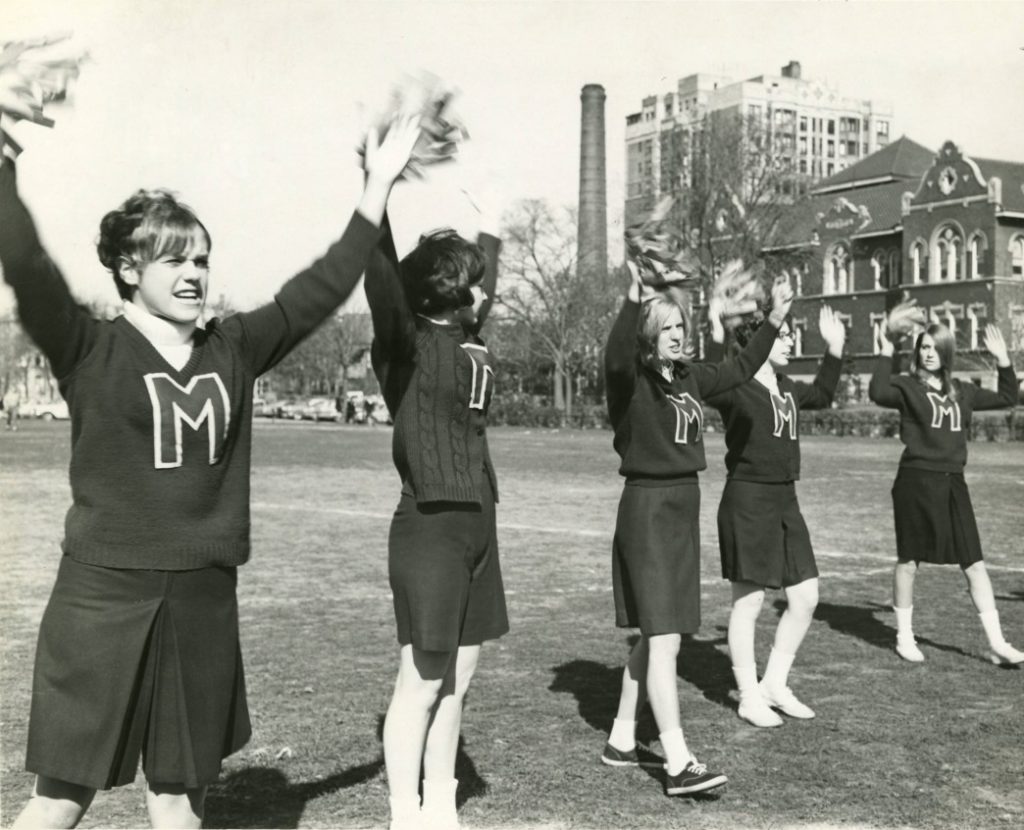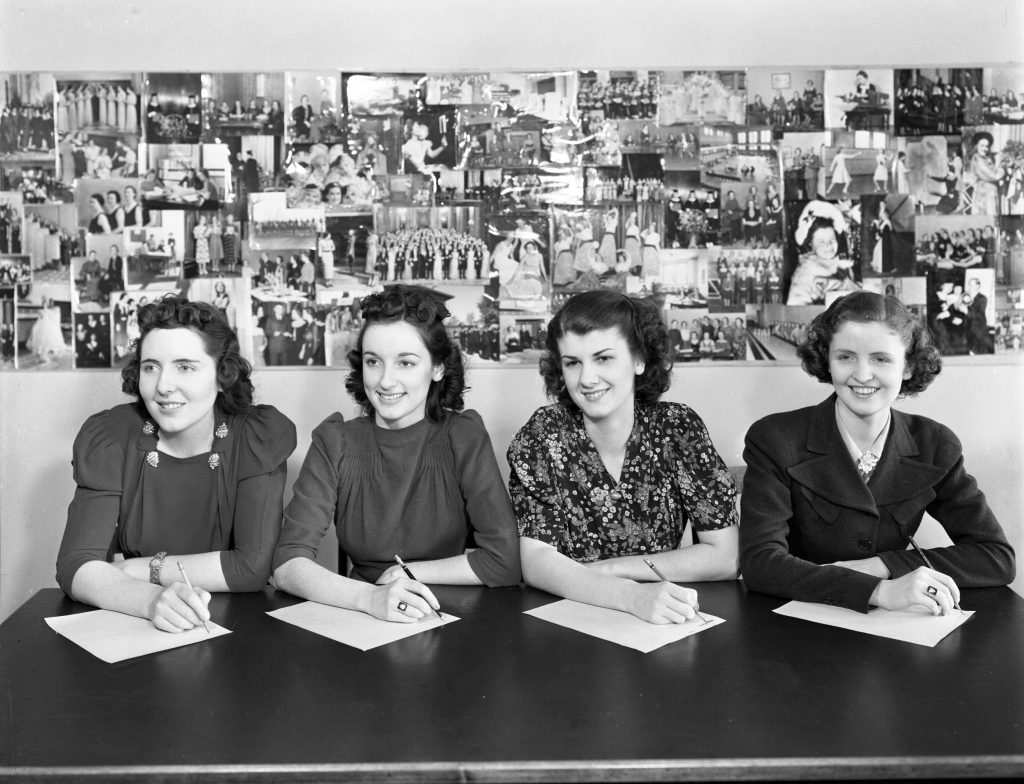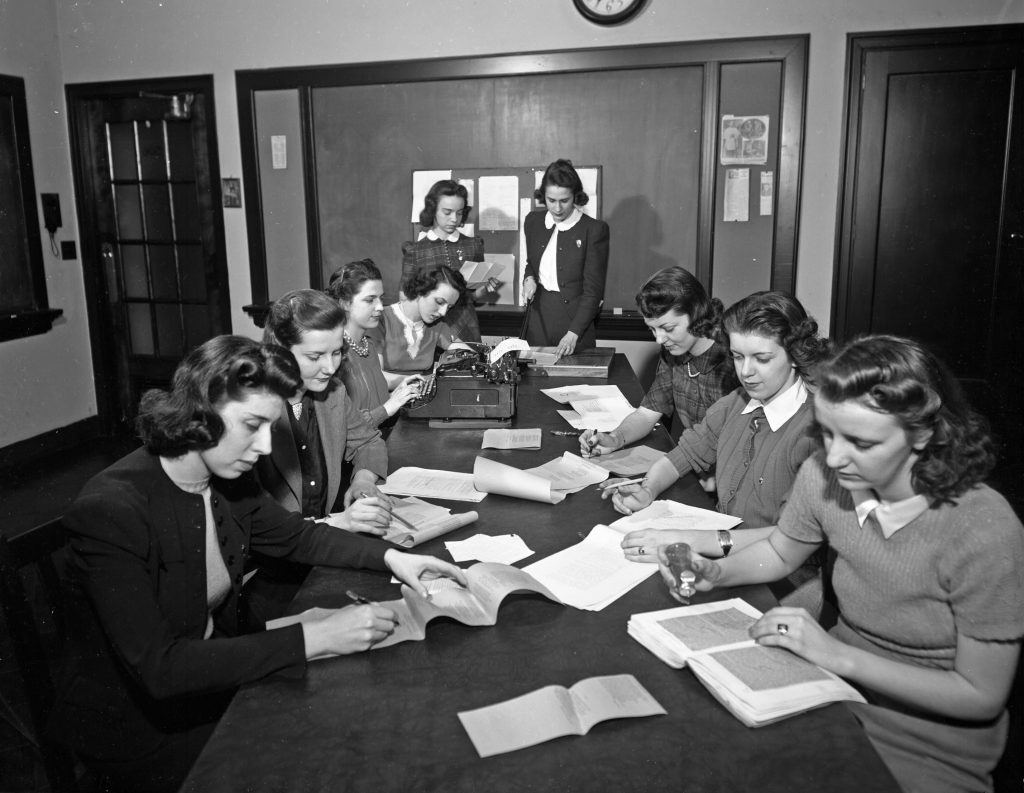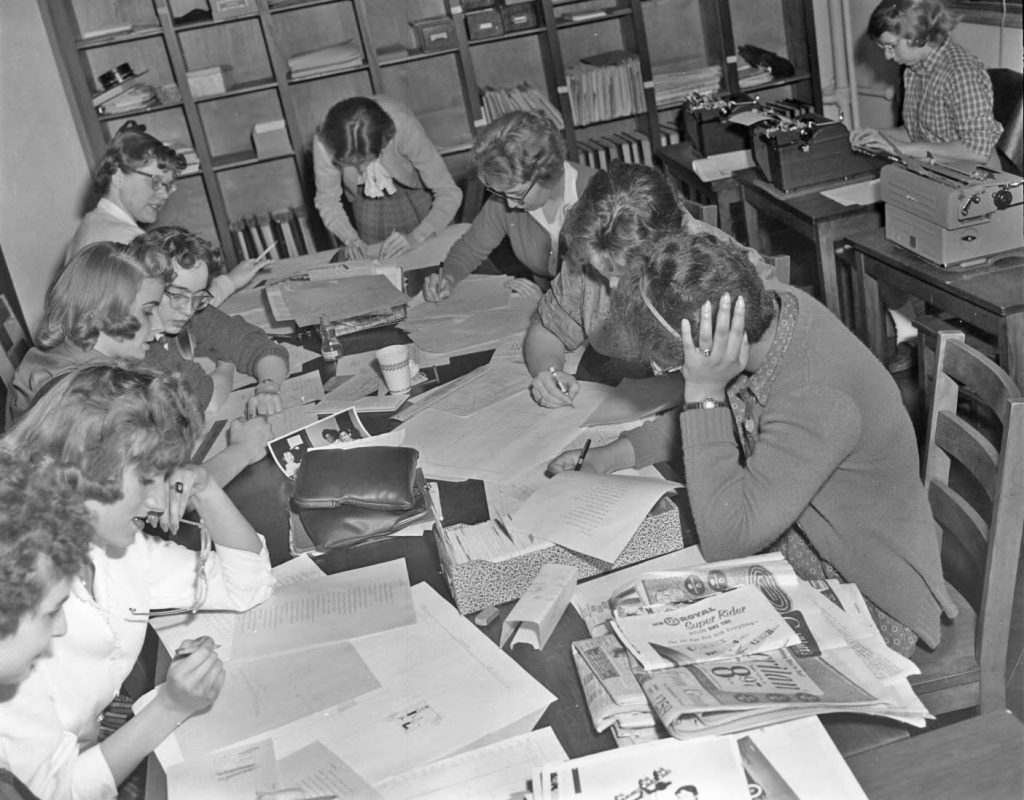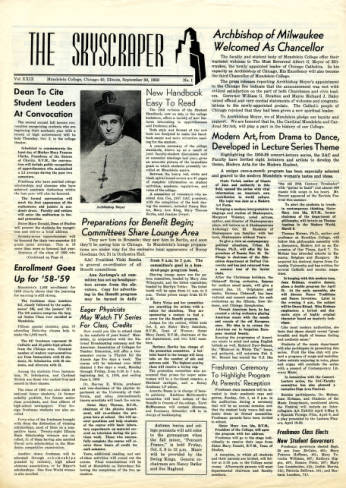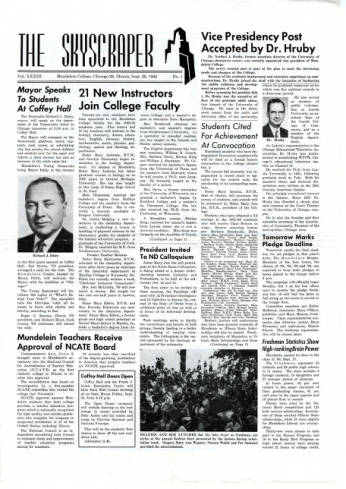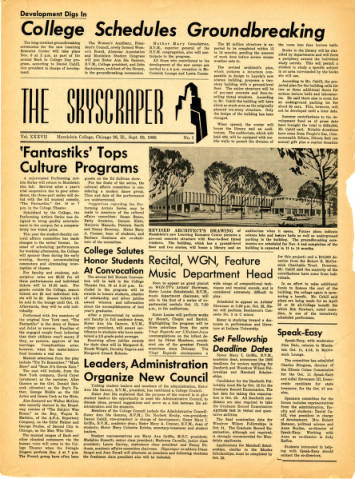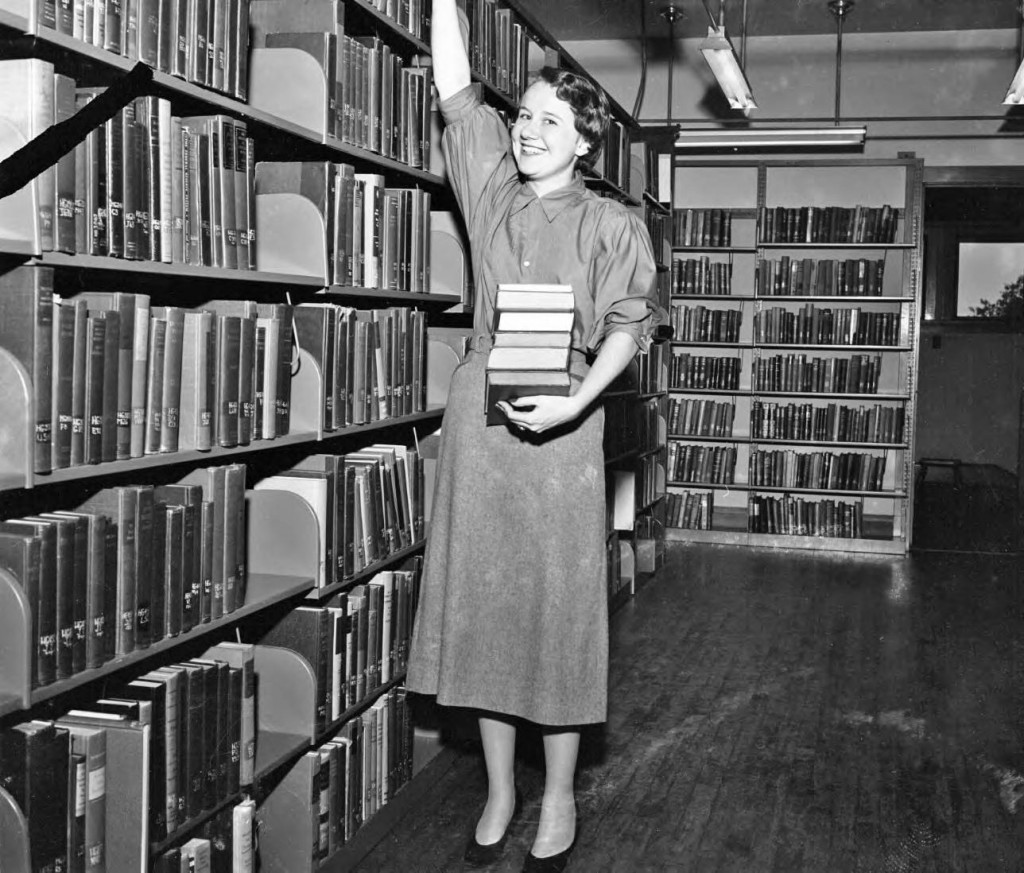This past summer I spent two months interning for the Academy in their film archive located in Hollywood at the Pickford Center for Motion Picture Study. I assisted in cataloging awards tapes and also spent part of the week in the Public Access Department. The Film Archive participates in a robust film reel lending program to organizations around the world. I had a fantastic experience interning at the Academy and gained valuable experience.
As a final perk to my internship at the Academy of Motion Picture Arts and Sciences Film Archive, I was invited to view the 89th Academy Awards red carpet arrivals and to a private Oscars viewing party on February 26, 2017. Even though the red carpet does not open to celebrities and guests until the afternoon, the Oscars Fan Experience was a full day affair. All people invited to watch the red carpet live arrive in the morning and eat breakfast. To keep attendees entertained there were multiple photo booths, a hair styling station, a hand message station, and tarot card reading.
When the red carpet opened all viewing attendees are seated on bleachers with assigned seating. The red carpet fills up pretty fast with both celebrities and guests moving from one network interview to the next as they work their way down the red carpet. With so many people mingling in a relatively small space, it became a live action “Search & Find” or “Where’s Waldo” to locate recognizable faces. Some celebrities stopped and waved to the fans while others made a beeline for the entrance to the Dolby Theatre. When the red carpet closed and the ceremony was about to begin, all the people from the bleachers walked over to the El Capitan theater across the street to view the Academy Awards and enjoy a catered buffet dinner and popcorn. Overall it was an amazing and most likely a once in lifetime experience!
The Women and Leadership Archives has a connection to the Oscars too! The Mercedes McCambridge collection is often a favorite of visitors to the archives. Her early career involved voicing parts for radio dramas. After graduating from Mundelein College, she moved to New York and began an acting career in plays and films. Her film debut performance in All the King’s Men (1949) earned her a supporting actress Oscar and a Golden Globe. Mercedes went on to have a long career in film and television. In addition to Mercedes McCambridge’s collection, the WLA houses a couple of other fascinating collections related to film and television. Read more below about those collections!
The Madonna Kolbenschlag, H.M. (Sisters of the Humility of Mary) collection highlights Madonna’s time as an educator, writer, activist, and clinical psychologist. She taught at various institutions and organizations. She taught courses on American Film at a time when the field was still emerging. The collection contains articles on film Madonna wrote as well as lecture notes and slides from courses she taught in the 1970s.
Mary Patricia Haley earned a Ph.D. in Radio-TV-Film at Northwestern University in 1973. She went on to introduce mass media and film into the Mundelein College* curriculum. Eventually this led to the creation of a separate Department of Communications. Mary’s collection contains little information about film but her dedication to communications studies represents the growing field of film studies and the role women played in the growth.
These collections add valuable knowledge to the study of film and the history of the Academy Awards and the Golden Globes. Kolbenschlag’s collection highlights not only the beginning of film study, but how film was studied. McCambridge’s collection educated me on the rules and regulations of winning an Oscar and how those rules have changed. The collections provide a deeper understanding of what happens behind the camera. On February 28, 2016 you can find me eagerly sitting in front of the TV, predictions in hand, as I watch the Academy Awards.
Megan is a Graduate Assistant at the WLA and is in the second year of her M.A in Public History at Loyola University Chicago. She is an avid movie-goer and enjoys arts and crafts, live sporting events, and small Midwestern towns.
Loyola University Chicago’s Women and Leadership Archives Blog is designed to provide a positive environment for the Loyola community to discuss important issues and ideas. Differences of opinion are encouraged. We invite comments in response to posts and ask that you write in a civil and respectful manner. All comments will be screened for tone and content and must include the first and last name of the author and a valid email address. The appearance of comments on the blog does not imply the University’s endorsement or acceptance of views expressed.




